Browning Citori 725 Field 410 Gauge Over/Under-Action Shotgun, Gloss Oil – 013530914 For Sale
$2,250.98
What is the difference between Citori and Citori 725?
The main differences between the Browning Citori and Citori 725 shotguns lie in design, weight, and technology:
1. **Design and Ergonomics**:
– The Citori 725 is designed with a lower profile receiver compared to the original Citori, which makes it sleeker and often preferred for better handling.
2. **Weight**:
– The Citori 725 is generally lighter than the original Citori model, making it easier to handle for some shooters.
3. **Trigger System**:
– The Citori 725 features the Fire Lite Mechanical Trigger, which provides a crisper and more consistent pull than the inertia triggers found in many original Citori models.
4. **Recoil Reduction**:
– The Citori 725 includes the Inflex II Technology recoil pad, which helps reduce felt recoil more effectively than the recoil management systems in older Citori models.
5. **Barrel Porting**:
– Some models of the Citori 725 come with ported barrels, which can help reduce muzzle rise and felt recoil. This feature might not be available on all Citori models.
6. **Choke System**:
– The 725 uses the Invector-DS choke tubes, which are designed to provide longer tapers for more consistent patterns and reduced fouling compared to the standard Invector Plus chokes used in some Citori models.
These differences make the Citori 725 more advanced in terms of technology and performance features compared to the traditional Citori.
Is the Browning Citori 725 a good gun?
The Browning Citori 725 is generally considered to be a high-quality shotgun. It is well-regarded for its craftsmanship, reliability, and performance, particularly among shooting enthusiasts and hunters. The 725 model offers features such as a lower profile receiver, a mechanical trigger, and a back-bored barrel, which are designed to improve handling and shooting accuracy. Whether it is the right choice for you depends on your specific needs, preferences, and budget. As always, it’s a good idea to handle and test the firearm yourself or consult with experts at a local gun shop before making a purchase.
Is the Browning Citori worth the money?
The Browning Citori is generally considered worth the money by many hunters and shooting enthusiasts due to its reputation for reliability, craftsmanship, and performance. It is a well-built over/under shotgun with a solid build quality and good resale value. However, whether it is worth the investment can depend on individual preferences and needs, such as the intended use, budget, and how it compares with other shotguns in the same price range. It’s important to try it out for yourself, if possible, or seek opinions from other owners to determine if it meets your specific requirements.
What are the grade levels of Browning Citori?
The Browning Citori shotgun is available in several grade levels. Common grades include the “Field” grade, “White Lightning,” “Grade I,” “Grade II,” “Grade III,” and higher grades such as “Grade IV” and “Grade VII,” among others. These grades typically vary in terms of finish, engraving detail, wood quality, and overall craftsmanship.
When did the Citori 725 come out?
The Browning Citori 725 was introduced in 2012.
What is the difference between Browning 725 and 825?
The primary difference between the Browning 725 and 825 shotguns lies in their market availability and specific features tailored possibly for different regions or user preferences. However, it’s important to note that there is limited information about a model specifically named the “Browning 825” widely recognized or commercially available; it could potentially be a regional variant or a model mislabeling.
In general, the Browning 725, part of the Citori line, is known for its advanced mechanical design including the Fire Lite Mechanical Trigger, Inflex II recoil pad, and Back-Bored barrels for improved patterns and reduced recoil.
If there indeed exists a Browning 825, comparing the main specifications and features alongside the Browning 725 is crucial to identify any variations in action, weight, balance, craftsmanship, or additional design details which target different shooting needs, such as skeet or trap shooting versus field applications.
For precise differences, refer to manufacturer specifications or consult a retailer that carries both models.
How much does a Browning Citori cost?
The cost of a Browning Citori can vary depending on the specific model and features. Generally, prices range from around $1,800 to over $3,000. For the most accurate pricing, it’s best to check with firearms retailers or browse Browning’s official website to see current listings and options.
Does Browning 725 have mechanical trigger?
No, the Browning 725 does not have a mechanical trigger. It features a mechanical trigger system with a mechanical reset, which allows each barrel to be fired independently without relying on recoil.
Does Browning Citori have ejectors?
Yes, the Browning Citori features ejectors. The ejectors automatically expel spent shells when the shotgun is opened, making it quicker to reload.
How long will a Browning Citori last?
The lifespan of a Browning Citori, like many other quality shotguns, can be quite long if it is properly maintained. With regular cleaning and care, as well as periodic servicing by a professional gunsmith, a Browning Citori can last several decades or even a lifetime. Some owners report their Citori shotguns lasting over 100,000 rounds or more. The longevity also depends on factors like usage frequency, environmental conditions, and maintenance practices.
What is the difference between Browning Citori grade 1 and 2?
The primary differences between the Browning Citori Grade 1 and Grade 2 shotguns typically involve the level of engraving, wood quality, and overall finish.
1. **Engraving and Aesthetics**: Grade 2 typically features more intricate and detailed engraving on the receiver compared to Grade 1. The engravings are usually more ornate, which can appeal to collectors or those who appreciate detailed craftsmanship.
2. **Wood Quality**: Grade 2 often uses higher-quality wood for the stock and forend. This wood is usually more highly figured and visually appealing compared to the wood used in Grade 1, which tends to be more basic in appearance.
3. **Finish**: The overall finish on Grade 2 models is often more polished or refined than on Grade 1. This includes attention to details like the checkering on the stock.
These differences do not typically affect the functionality or performance of the shotguns; they are more about aesthetic preferences and collector value.
Who makes Browning shotguns now?
Browning shotguns are currently manufactured by Browning Arms Company, which is a subsidiary of the Herstal Group, a Belgian company. Production primarily takes place in factory locations in Japan and Belgium.
What is the difference between Browning Citori grade 1 and grade 2?
The Browning Citori line of over-under shotguns is known for its quality and craftsmanship. The primary differences between Grade 1 and Grade 2 models generally lie in the aesthetics and finishing details:
1. **Wood Quality and Finish:**
– **Grade 1:** Typically features a standard walnut stock with a simpler, more utilitarian finish.
– **Grade 2:** Usually has a higher quality walnut with enhanced grain patterns, and often a more polished or gloss finish.
2. **Engraving:**
– **Grade 1:** Usually has minimal or standard engraving and detailing on the receiver.
– **Grade 2:** Often includes more intricate and detailed engraving, adding to its aesthetic appeal.
3. **Pricing:**
– Due to the enhanced wood and engraving, Grade 2 models tend to be more expensive than Grade 1.
Ultimately, the functionality between the grades remains similar, with differences being primarily in the aesthetics and price.
What is the difference between 525 and 725?
The difference between 525 and 725 is 200.
What is the difference between 725 and 625?
The difference between 725 and 625 is 100.
Be the first to review “Browning Citori 725 Field 410 Gauge Over/Under-Action Shotgun, Gloss Oil – 013530914” Cancel reply
Related products
Browning Citori 725 Field
Browning Citori 725 Field 26" 12ga Walnut Stock Shotgun 0135303005
Browning Citori 725 Field
Browning Citori 725 Field 20 Gauge Over/Under-Action Shotgun, Gloss Oil – 0135306005
Browning Citori 725 Field
Browning Citori 725 Field 28" 12 Gauge Shotgun 3" Over/Under – 181653004
Browning Citori 725 Field
Browning Citori 725 Field 28" 20 Gauge Shotgun 3" Over/Under – 181656004
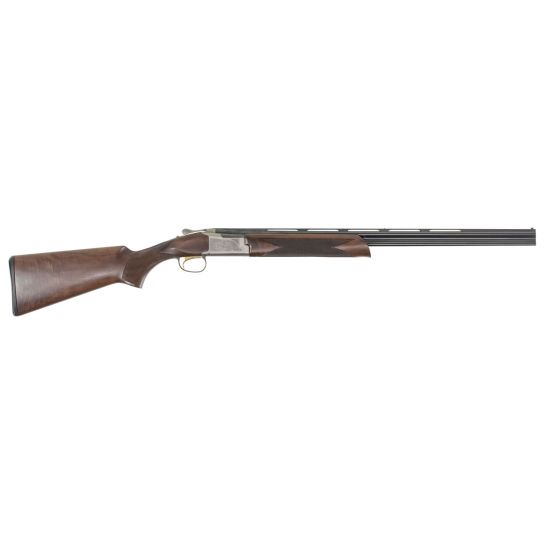
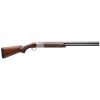
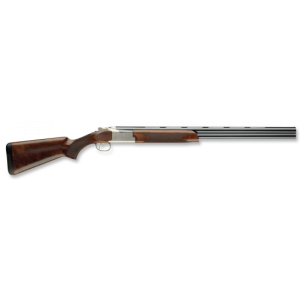
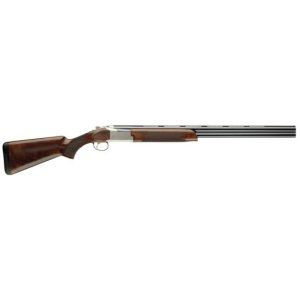
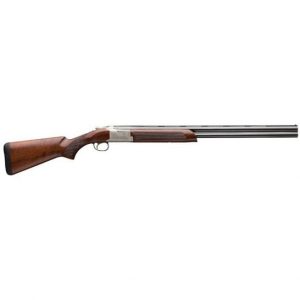
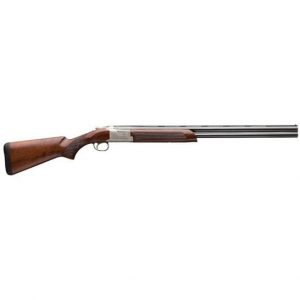
Reviews
There are no reviews yet.